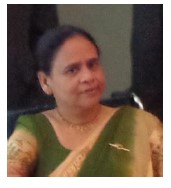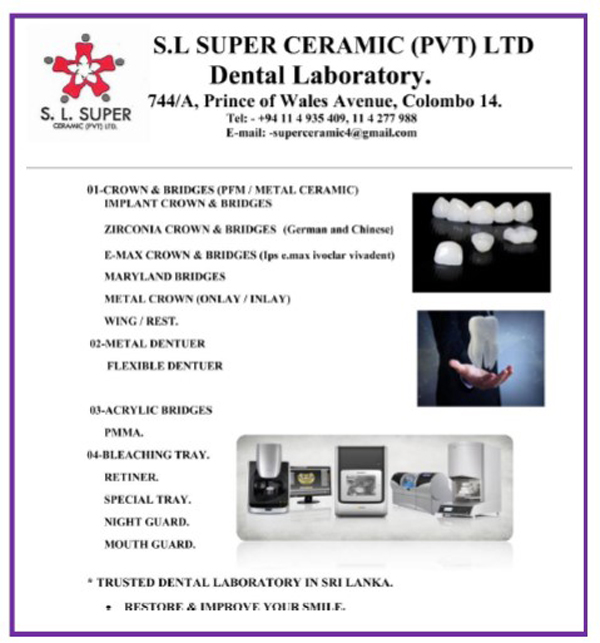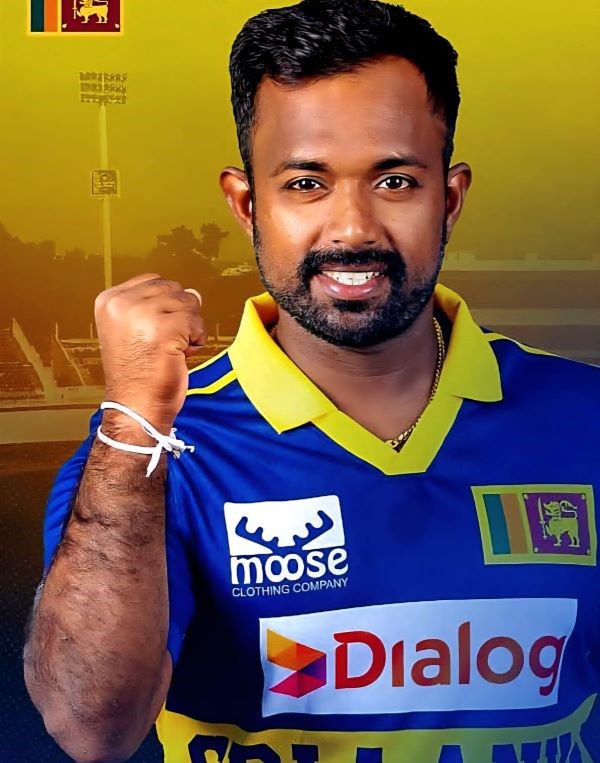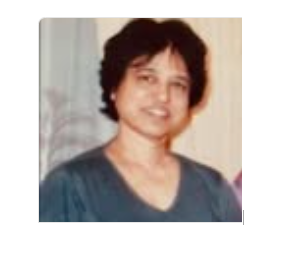Orthodontics in Sri Lanka, a Way Forward by Professor Nandanie Nagodawithana
Source: Newsletter of the College of General Dental Practitioners of Sri Lanka

There has been a major change in orthodontics during the second half of the last century. Especially, with the development of straight wire technique towards the latter part of the century which has made the life of an orthodontist much more comfortable. At present, even the general dental practitioners with an adequate depth of knowledge in Orthodontic diagnosis, basic Orthodontic treatment planning and moderate skill in manipulation of appliances, practice straight wire appliance (SWA) technique worldwide.
Even though SWA looks like a simple appliance superficially, it demands a thorough knowledge and understanding of bio mechanics involved in it. With the improvement of information technology, patients and parents are becoming more and more aware of the facilities and treatment modalities available for correction of Malocclusion and also of the final treatment outcome expected. Therefore, the demand for Orthodontic Specialists’ care is ever increasing worldwide. But in Sri Lanka the situation is completely different. We are still left with a handful of Orthodontists who are unevenly distributed in the country making overcrowding of existing Orthodontic units. There is also a substantial proportion of Orthodontic patients with unmet demand. This makes the contribution of the general dental practitioner in the management of orthodontic patients is very important in the present context.
The goals of modern Orthodontic treatment can be categorized in to five main headings. They are, improvement of facial esthetics and dental esthetics, maintenance of functional occlusion, maintain or improve health of periodontal support and masticatory system and also obtain a stable result. The goals of facial esthetics differ from population to population. In general there should be adequate naso-labial angle, reasonably prominent chin and ability to close the lips without a muscular strain. With regard to smile esthetics, a smile line in which the crowns of the upper incisor teeth and 1-2 mm of gingival margin should be visible. The lower lip should cover 3 mm of labial surface of upper incisors at the end of Orthodontic treatment.
There should be an adequate proclination of upper incisors, 105 degrees to the Frankfort Plane judged by clinical observation or 109 degrees inclination to the Maxillary Plane determined with cephalometric assessment.
Upper central incisors should be 1 mm longer than lateral incisors with flat incisal edge and upper lateral incisors should have a rounded edge.
The crown height of the Maxillary canines should be 1 mm longer than that of lateral incisor and canine should have a pointed tip. The gingival margin should be symmetrical on anterior teeth and should gradually step down towards posterior teeth. All teeth should be in correct contacts without spacing or crowding with slightly curved or rather flat curve of Spee.
At the end of Orthodontic treatment, when upper and lower teeth are in maximum inter- cuspation, the condyles should be in centric relation. There should be equal contacts of centric cusps of posterior teeth. On movement, there should be sufficient incisor guidance with posterior dis-occlusion. This needs 4 mm. of OB and 2-3 over jet in finishing occlusion. There should be free movement of dental arches in all direction without interferences from cusps. It is ideal if Class 1 Molar Relationship could be achieved to maintain satisfactory function. But as an acceptable compromise, Class II full unit molar relationship could be achieved. But Class 1 canine relationship is mandatory. Further, elimination of rotations of teeth is important in order to line up contact point to contact point. The choice of appliance prescription and use of appropriate bio mechanics to place individual tooth to establish centric stops of posterior teeth and obtaining arch form which should be harmonious with original arch form of the patient which is supported by masticatory and facial musculature are paramount.Maintenance or attainment of proper incisal and cuspid guidance ensures adequate function. Minor surgical procedures such as Fiberotomy of rotated teeth and eliminating tooth size discrepancies are added treatment procedures which should be undertaken to ensure stability. Clear nasal airway and elimination of undesirable neuromuscular habits is also important to obtain a stable result. As any tooth movement involves laying down of irregular bone which is highly vascular which is prone to resorbtion even with slight imbalance of soft tissue force. Therefore, adequate retention regimen should be included in the overall treatment plan.
During Orthodontic tooth movement the tooth is moved along the cancellous struff of alveolar bone. This movement should be carried out to place teeth in planned positions without damage or minimal damage to the tooth structure. At the end of treatment, there should be adequate periodontal support without fenestration or dehiscence, good crestal bone height without periodontal pocketing and gingival inflammation.
An adequate thickness of attached gingivae without any frenal pull and optimum crown root ratios ensures health of the periodontal support. All in all health and function of periodontium and masticatory system should not be compromised to achieve ideal esthetic goals. The ideal goals of orthodontic treatment should be kept in mind always, otherwise there is a risk of achieving and accepting our results as our ideal orthodontic goals. Finally we have to save many teeth as possible, save patient from surgery, save treatment time, prevent root resorbtion and loss of crestal bone in order to preserve tooth and supporting tissues. All these goals could be achieved by selecting cases very carefully and timing treatment to obtain optimal result with less inconvenience to the patient. Quality of the results achieved with orthodontic treatment mainly depends on the detailed case assessment, correct orthodontic diagnosis and meticulous attention given in the treatment planning stage. Selection of cases which require adequate attention of the orthodontic specialists both in diagnosis and treatment planning stage is mandatory to ensure quality of care provided to the patient.
In a market oriented society there is a trend to offer short term courses in orthodontics to practitioners without providing much emphasis on these important aspects of orthodontics. Curricula of postgraduate courses to train orthodontic specialists are expanded and revised keeping this need for quality assurance in mind. This makes a time demanding issue to a practitioner who opts to establish his or her own private practice. There are many cases which do not require specialist care and these cases could be managed by careful case selection and employing simple bio mechanics by a general dental practitioner who updates knowledge and develops skill to manage simple cases.
It is a sad situation dividing orthodontics simply to two appliance systems, removable and fixed appliances. We all should understand the fact that in orthodontics, it is the complexity of the case with regard to diagnosis, need to identify limiting factors and complexity of the bio mechanics needed to
move teeth to desired position are the dividing line between the specialist and the general practitioner. But the majority of the cases are amenable to simple mechanics.
It is the time to rethink this need and introduce a middle grade course either with short term or even distant learning education with regular updating of the knowledge and skill of the practitioner.
It is the responsibility of the policy makers to identify this burning issue in Sri Lanka and come to an amicable settlement to improve quality of orthodontic care provided to the public.






















